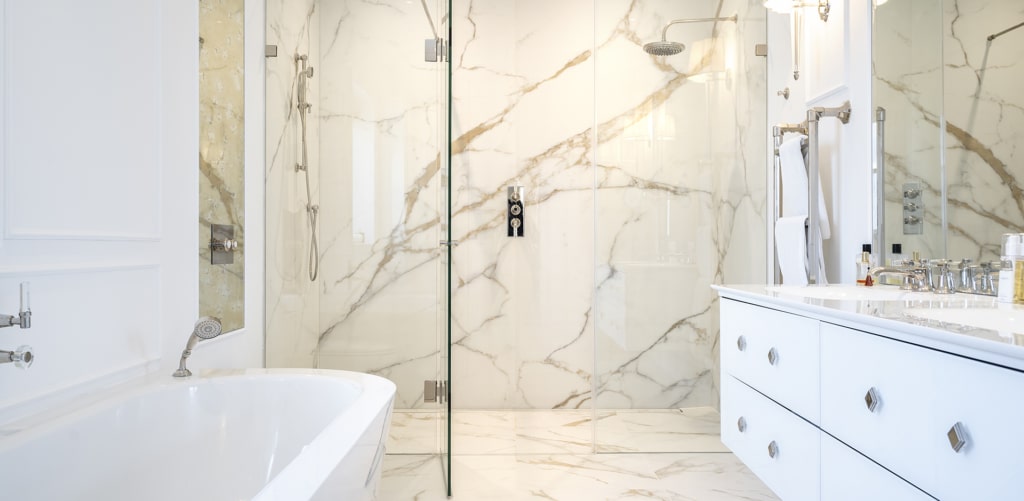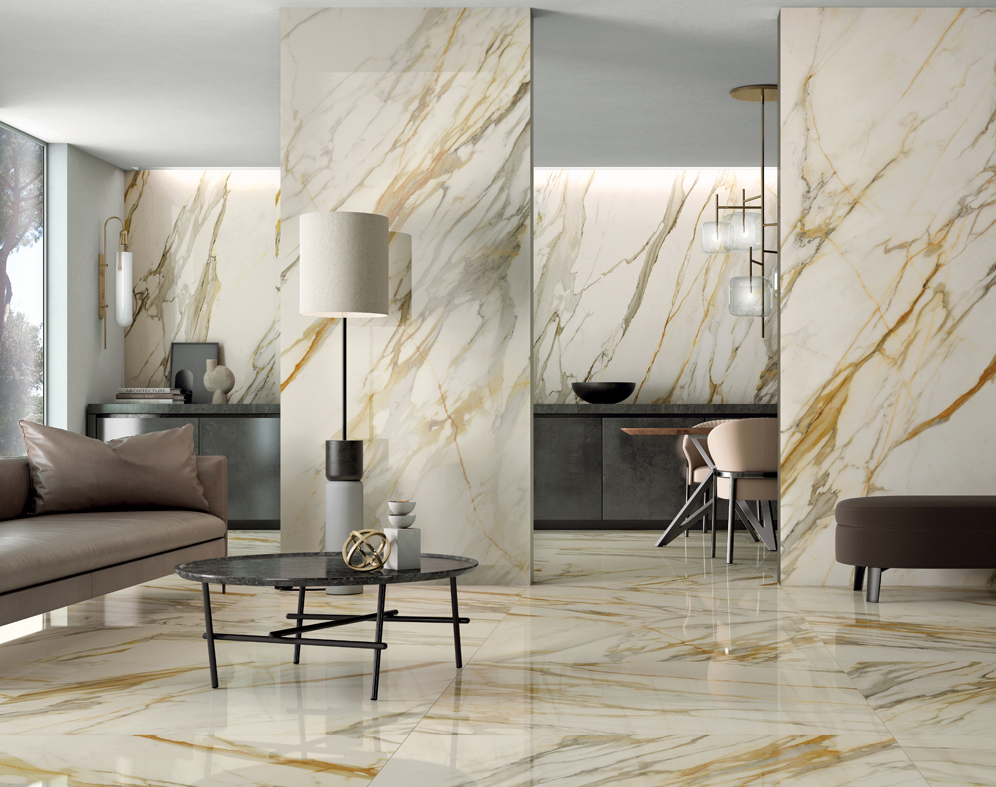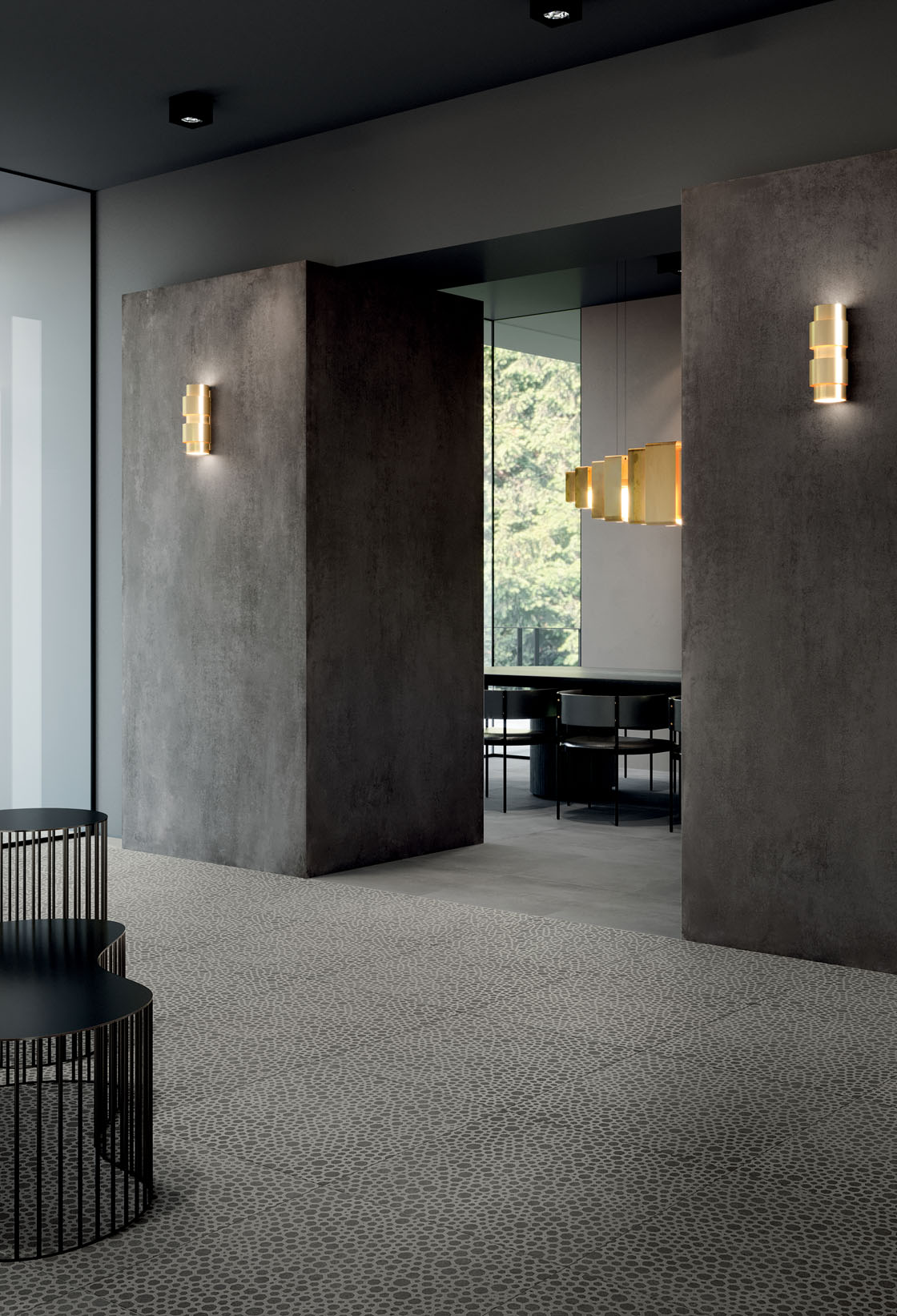
Wall cladding is the process of covering a wall—internally or externally—with another material to improve its durability, moisture resistance, and visual appeal. While cladding can be done with various materials, porcelain wall cladding has become one of the most advanced and in-demand choices for both modern homes and commercial properties. It provides a clean, high-performance finish and requires minimal upkeep, making it ideal for everything from splashbacks to large-scale architectural façades.


Internally, porcelain wall tiles allow you to create sleek, hygienic, and hard-wearing surfaces in areas such as bathrooms, kitchens, utility rooms, and even feature walls in living spaces. Unlike painted walls or wallpaper, which can stain or peel, porcelain panels are easy to clean and won’t degrade with steam or heat. Their resistance to water, stains, and scratches makes them particularly popular in family homes and high-traffic environments. They’re also available in a wide range of finishes, including marble, concrete, wood grain, and stone-effect, offering design freedom without compromising on function.
Externally, porcelain cladding panels offer incredible strength and weather resistance. With extremely low porosity, porcelain won’t absorb water, which means it doesn’t crack in freezing temperatures or fade in the sun. Exterior porcelain wall tiles are often used to clad modern buildings, garden walls, outdoor kitchens, and pool houses—anywhere that needs a smart, low-maintenance finish that will last for decades. Unlike timber or render, porcelain won’t rot, stain, or require repainting. At Stoneworld, we help clients transform both interiors and exteriors using carefully cut and crafted porcelain solutions that deliver long-term value and elegance.
Wall cladding and wall panelling are both ways of covering wall surfaces, but they serve different purposes and are made from very different materials. Wall panelling is usually decorative and suited to dry indoor spaces—it’s often made from timber, MDF, or PVC. Porcelain cladding, on the other hand, is a robust, high-performance material that protects as well as enhances a space. It’s designed to withstand moisture, temperature changes, and wear, making it ideal for bathrooms, kitchens, and exterior use.
Whereas panelling might be used to add texture or break up a wall in a living room, porcelain cladding panels can be used to tile full-height wet room walls, external façades, and everything in between. They’re more durable, hygienic, and heat-resistant than traditional panelling, and they provide a much more refined finish. Panelling is often chosen for aesthetic reasons, while cladding—especially in porcelain—is a long-term solution for performance as well as appearance.
Wall cladding and wall lining are often confused, but they serve very different purposes in construction. Wall lining is usually a hidden layer installed behind the visible surface of a wall. It’s used to conceal insulation, wiring, or damp-proof membranes, and is rarely seen once the wall is complete. Wall cladding, however—particularly in the form of porcelain wall tiles—is a finished surface layer designed to protect and decorate.
When you choose porcelain wall cladding, you’re selecting a surface that will be seen and appreciated. It defines the look of a space and offers day-to-day benefits like water resistance and easy cleaning. Wall lining plays an important role in construction but doesn’t contribute to the finished design. Porcelain, in contrast, offers a tactile, architectural finish that’s hard-wearing and beautiful. It’s often chosen for premium homes, hotels, spas, and luxury commercial settings for this very reason.
From a design and installation perspective, cladding is about elevating a space. Whether you’re using interior porcelain wall panels in a spa-like bathroom or exterior porcelain cladding on a garden feature wall, it’s the final, visible surface that completes the look. Wall lining plays a structural role behind the scenes—but porcelain cladding is what brings a space to life.

Porcelain cladding does not cause damp—in fact, it’s often used to prevent it. Thanks to its ultra-low porosity, porcelain does not absorb moisture, making it one of the best materials for wet or humid environments. Whether you’re tiling a shower wall or cladding an outdoor garden feature, porcelain wall tiles act as a barrier, keeping the substrate dry and protected from moisture ingress.
For extra protection and easier maintenance, we often recommend using a specialist porcelain sealer such as Rob Parker’s Best Porcelain Sealer—particularly in outdoor or high-use settings. It helps preserve the surface finish, reduce residue build-up, and make cleaning even simpler. Used together with breathable adhesives and the right installation method, porcelain cladding becomes one of the most moisture-resistant and hygienic wall finishes available.
One of the biggest advantages of porcelain wall cladding is its longevity. Unlike painted walls or timber panels that require ongoing upkeep, porcelain surfaces can last for decades without fading, rotting, or losing performance. It’s manufactured under extreme pressure and heat, making it incredibly dense and resistant to wear. In both interior and exterior environments, porcelain wall tiles typically last 50 years or more with minimal maintenance.
For interiors, porcelain cladding panels are scratch-resistant, stain-proof, and heat-safe. That means they’re ideal for kitchens, bathrooms, and even fireplace surrounds. They hold their finish beautifully even in busy homes and commercial environments. At Stoneworld, we regularly see customers return for repeat projects after seeing how well their porcelain tiles perform in high-traffic areas.
Externally, exterior porcelain cladding is designed to withstand everything the UK climate can throw at it. It won’t crack in frosty conditions, fade in direct sunlight, or warp in heat or rain. This makes it a smart long-term investment for garden walls, outdoor kitchens, and house façades. With expert advice, quality materials, and proper installation, porcelain cladding delivers performance and style that stands the test of time.
One of the standout features of porcelain wall cladding is its consistent finish. Unlike natural stone, which can vary in tone and veining, porcelain offers uniform colour, texture, and appearance from tile to tile. This consistency makes it ideal for modern projects where clean lines and visual balance are key — especially in interior walls, bathrooms, and kitchens where symmetry enhances the overall design.

Whether you’re planning an interior feature wall, a waterproof bathroom, or an exterior façade, our expert team at Stoneworld is here to help. With over 20 years of experience, in-house porcelain cutting, and a reputation for precision and quality, we can guide you through every step of your cladding project.
If you have questions, need samples, or would like tailored advice, get in touch using the details below — or fill in the form underneath and one of our team will get back to you.